Field Work
Global Laboratory
Our research takes us to marine environments throughout the world. You can read about our expeditions by exploring the map and clicking on the pins that mark our field research sites.
Our research takes us to marine environments throughout the world. You can read about our expeditions by exploring the map and clicking on the pins that mark our field research sites.
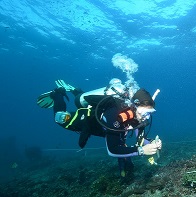
This expedition was made possible by the Khaled bin Sultan Living Oceans Foundation. The objective was to sample Porites and Pocillopora coral throughout the Galapagos Islands. The goal was to evaluate how well these corals have recovered from past El Niño events, especially those that led to widespread coral bleaching and coral die-offs.
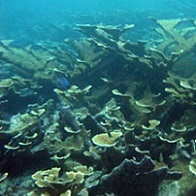
2013 Acropora Palmata Spawning Blog
Our mission was to collect gametes from both Acropora palmata and Acropora cervicornis to isolate high quality DNA from to perform genomic sequencing.
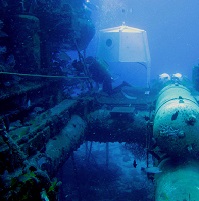
NOAA Aquarius Saturation Mission
Our lab took advantage of NOAAs underwater habitat: the Aquarius in the Florida Keys. Four of our colleagues were living underwater in something akin to a space station for eight straight days. This allowed them to dive for six hours a day at 60ft. Dr. Margaret Miller of NOAA and Dr. Iliana Baums were supporting the mission topside by supplying them with the colonies they needed to transplant to the deep and transplanting all the fragments to the shallow site as the aquanauts cannot ascend higher than 40 ft. What an experience!
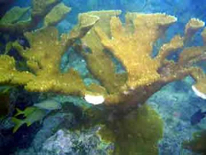
2008 Acropora Palmata Spawning Blog
This blog documents our field research during the midsummer 2008 Acropora palmata spawning event off the waters of Key Largo Florida. This year's experiment involved rearing coral larvae from multiple different parents at three separate temperatures (cool, average, and hot). Our aim was to better understand the effect of changing ocean temperatures on coral larval development, and eventually, how changing temperatures affect the expression of specific coral genes.

2007 Acropora Palmata Spawning Blog
This blog documents our field research during the midsummer 2007 Acropora palmata spawning event off the waters of Key Largo Florida. The goal of this field research was to enhance efforts to protect and expand populations of this species by promoting a better understanding of their reproduction and helping to establish new colonies for reseeding reefs. Unfortunately, A. palmata did not spawn after the August full moon this year.
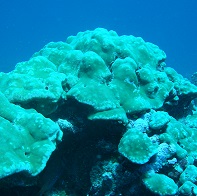
Coral Genetics in the Phoenix Islands
This is blog entry posted from the field during the 2012 Phoenix Islands Marine Protected Area (PIPA) Expedition. The Phoenix Islands are an isolated island chain more than 1,000 miles southwest of Hawaii. They are part of the island nation of Kiribati, which partnered with the New England Aquarium and Conservation International to create PIPA in 2008. Today it is one of the world's largest marine protected areas and a UNESCO world heritage site. This voyage is part of a regular series of scientific expeditions to investigate coral health and study ecosystems and biodiversity. This post is by Expedition Team Member Jennifer Boulay.
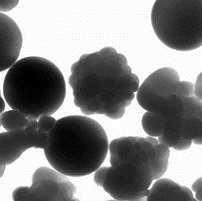
2009 Acropora Palmata Spawning Blog
This blog documents our field research during the midsummer 2009 Acropora palmata spawning events in Rincon Puerto Rico and also in the ABC island Curacao. This year's experiments involved rearing coral larvae from multiple different parents at three separate temperatures (cool, average, and hot). Our aim was to continue evaluating the effects of changing ocean temperatures on coral larval development, and how changing temperatures affect the expression of specific coral genes.

2011 Acropora Palmata Spawning Blog
This blog documents our field research during the midsummer 2011 Acropora palmata spawning event off Puerto Morelos Mexico. This year's experiment also involved rearing coral larvae from multiple different parents at three separate temperatures (cool, average, and hot). Our aim was to continue evaluation the effect of changing ocean temperatures on coral larval development, and eventually, how changing temperatures affect the expression of specific coral genes. In order to do this we needed experiments run in different regions of the Caribbean.
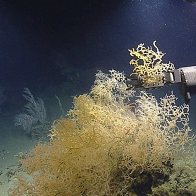
Deepwater Coral Expedition: Reefs, Rigs, and Wrecks
In addition to mapping out coral distribution, we will be collecting the data necessary to fully describe the habitats of the corals, the communities associated with them, and the levels of genetic connectivity among the coral communities. We will also be collecting live corals, and transporting them back to the laboratory to conduct experiments, and to better understand the factors controlling their distribution.